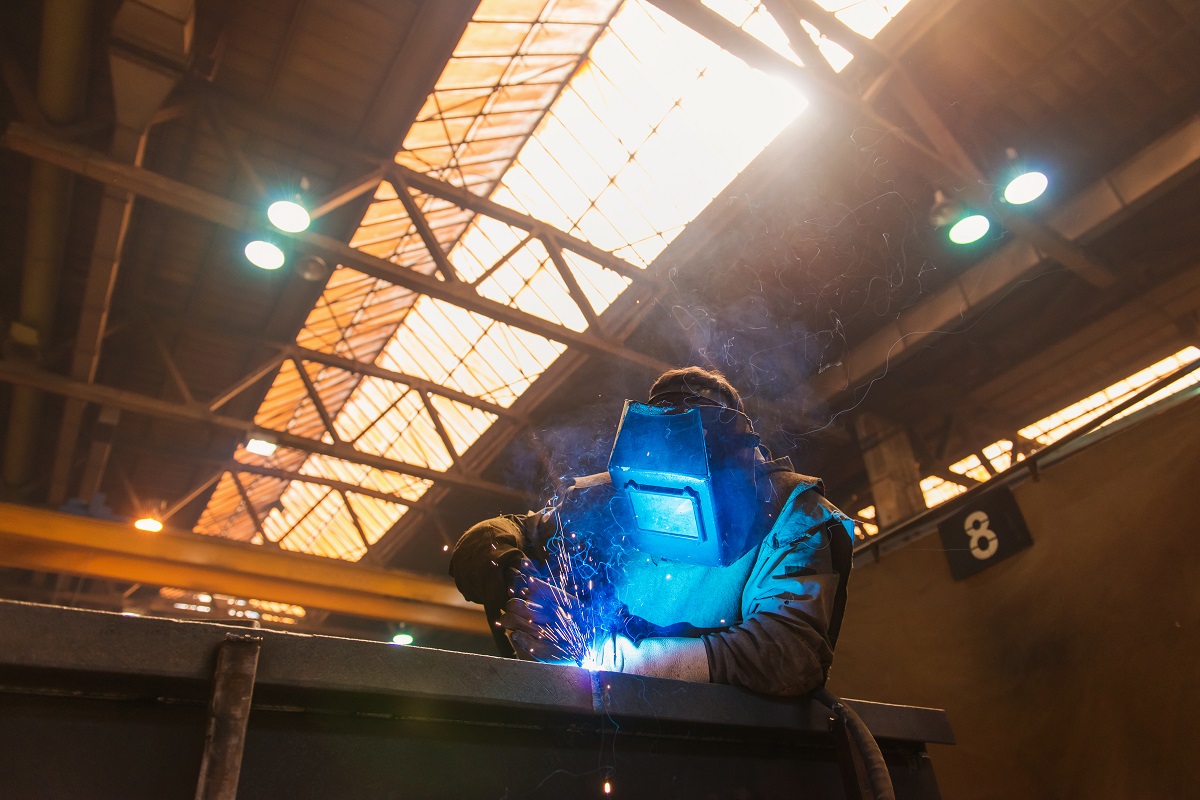Mastering the Art of Welding: How to Prevent Undercut Welding Issues for Flawless Construction Outcomes
Performance and accuracy are vital worldwide of welding, where also the tiniest blemish can jeopardize the structural honesty of a produced item. One usual challenge that welders face is undercutting, a problem that can deteriorate a weld joint and lead to expensive rework. By understanding the root triggers of undercut welding and carrying out effective strategies to avoid it, welders can boost their craft to brand-new levels of excellence (Preventing weld undercut). In the quest of perfect manufacture outcomes, grasping the art of welding to avoid undercut issues is not simply a skill but a necessity for those pursuing perfection in their job.
Comprehending Undercut Welding

To stop undercut welding, welders need to ensure correct welding specifications, such as readjusting the existing, voltage, traveling rate, and maintaining the correct electrode angle. By understanding the reasons of undercut welding and applying preventative measures, welders can achieve high-quality, structurally audio welds.
Root Causes Of Undercut in Welding
Comprehending the aspects that contribute to damage in welding is crucial for welders to generate premium, structurally sound welds. Poor welding wrong or existing welding rate can likewise add to damage. Comprehending these causes and carrying out correct welding strategies can assist protect against damaging concerns, guaranteeing strong and durable welds.
Techniques to stop Undercutting

To reduce the danger of undercutting in welding, welders can employ tactical welding methods intended at improving the quality and stability of the weld joints. One effective method is to change the welding parameters, such as voltage, current, and take a trip speed, to ensure correct warm input and deposition. Maintaining an appropriate electrode angle and ensuring constant traveling speed can also aid prevent undercut. Additionally, making use of the proper welding technique for the details joint setup, such as weave or stringer beads, can add to reducing undercutting. Preventing weld undercut.
Moreover, proper joint preparation, consisting of making sure tidy base materials free of impurities and using the appropriate welding consumables, is crucial in preventing undercut flaws. Employing back-step welding techniques and controlling the weld grain account can also aid disperse heat equally and reduce the risk of undercut. Normal evaluation of the weld joint during and after welding, in addition to carrying out high quality assurance procedures, can assist in dealing with and identifying damaging concerns without delay. By executing these techniques diligently, welders can achieve perfect manufacture results with very little undercut problems.
Importance of Correct Welding Criteria
Selecting and keeping suitable welding criteria is important for attaining successful welds with very little issues. Welding specifications describe variables such as voltage, present, take a trip speed, go right here electrode angle, and securing gas flow price that directly affect the welding process. These criteria must be carefully adjusted based upon the kind of product being welded, its density, and the welding technique utilized.
Correct welding criteria make sure the best quantity of warm is related to melt the base steels and filler product uniformly. If the parameters are set expensive, it can result in extreme warmth input, triggering spatter, distortion, or burn-through. On the various other hand, if the criteria are too low, incomplete fusion, lack of infiltration, or damaging may happen.
Quality Control in Welding Operations

Final Thought
Finally, grasping the art of welding needs a thorough understanding of undercut welding, its reasons, and methods to avoid it. By ensuring appropriate welding specifications and carrying out quality control methods, perfect fabrication outcomes can be accomplished. It is crucial for welders to consistently make every effort for quality in their welding procedures to prevent undercut issues and produce top notch welds.
Undercut welding, an usual defect in welding processes, takes place when the weld steel doesn't properly fill the groove and leaves a groove or anxiety along the welded joint.To stop undercut welding, welders should ensure correct welding specifications, such as changing the existing, voltage, travel you can check here rate, and Find Out More maintaining the proper electrode angle. Poor welding wrong or existing welding speed can likewise contribute to damage.To alleviate the danger of damaging in welding, welders can use critical welding techniques intended at boosting the quality and stability of the weld joints.In final thought, mastering the art of welding calls for a complete understanding of undercut welding, its reasons, and methods to stop it.